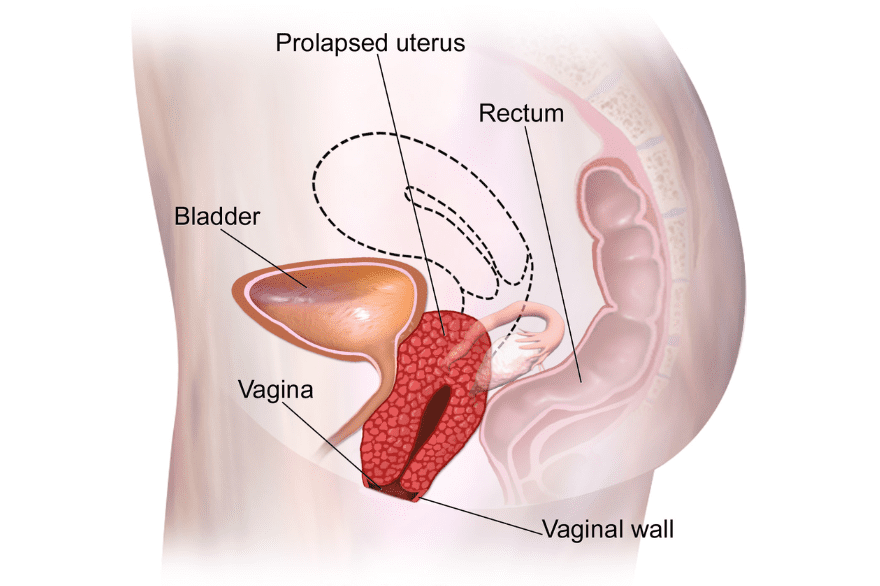
Utero Vaginal Prolapse – Vaginal Hystectomy
Utero Vaginal Prolapse – Vaginal Hystectomy –
Vaginal Hystectomy- Vaginal hysterectomy is a surgical procedure performed to remove the uterus through the vagina, without making an incision in the abdomen. It is a minimally invasive approach that offers several benefits, including faster recovery, fewer complications, and no visible scarring compared to abdominal hysterectomy.
Recovery after vaginal hysterectomy is generally faster compared to abdominal hysterectomy. Most patients can expect to return to their regular activities within a few weeks. It’s important to follow the surgeon’s instructions for post-operative care, including keeping the incision clean, avoiding strenuous activities, and attending follow-up appointments.
As with any surgery, there are potential risks and complications associated with vaginal hysterectomy, such as infection, bleeding, injury to surrounding organs, and adverse reactions to anesthesia.
Syptoms:
Uterovaginal prolapse, also known as pelvic organ prolapse, occurs when the pelvic organs, such as the uterus, bladder, or rectum, descend or protrude into the vaginal canal. It happens when the supporting structures of the pelvic floor become weakened or damaged, leading to the displacement of the organs.
- A sensation of pelvic pressure or heaviness.
- A feeling of something bulging or protruding into the vagina.
- Vaginal discomfort or pain, especially during sexual intercourse.
- Urinary problems, such as urinary incontinence, frequent urination, or difficulty emptying the bladder completely.
- Bowel issues, including constipation or difficulty with bowel movements.
- Lower backache or pelvic pain.
Meet Our Doctors
